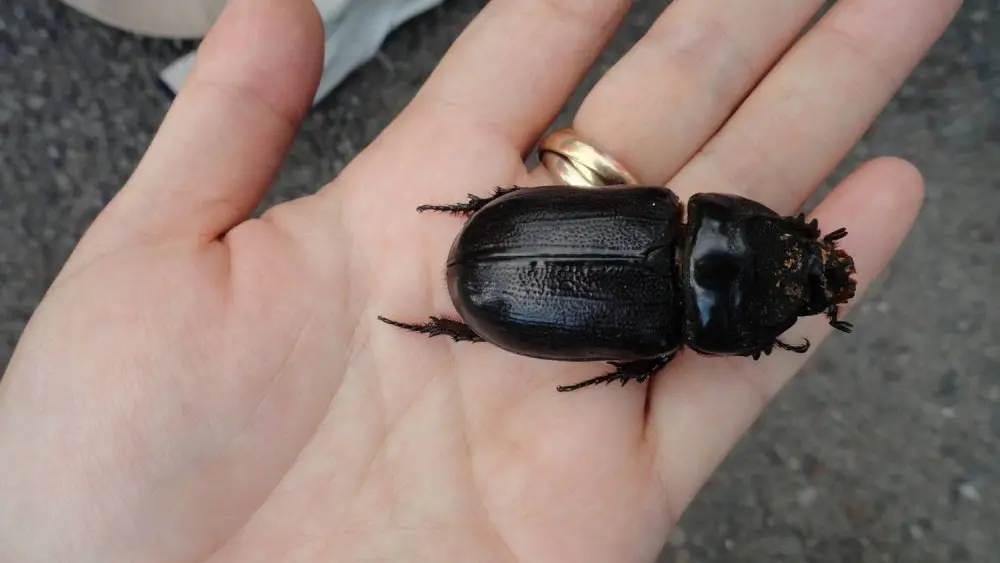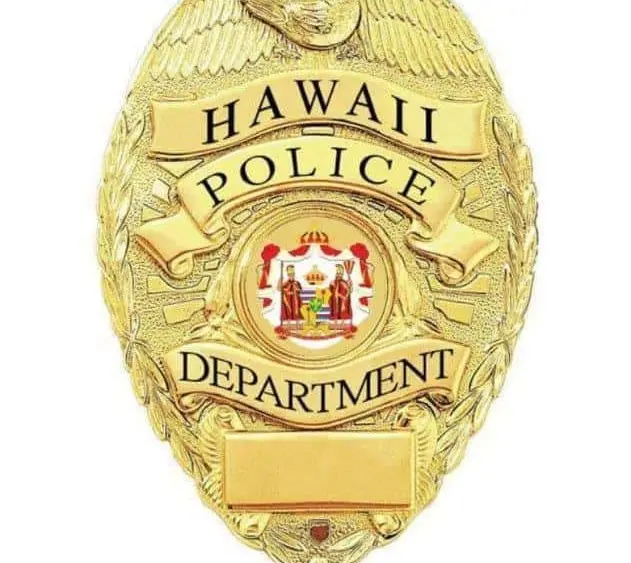(AP) – For the first time since 2010, most of the high school football games on Kaua‘i this season will be played at night.
That’s thanks to a new set of essential spectators posted outside the stadium. Instead of watching the game, these student biologists have been trained to observe the sky for endangered seabirds.
On this rural island where the number of nightlife options goes down with the sun, nighttime football games between the three public high schools are a celebrated community ritual. But when stadium lights shine bright, Newell’s shearwater and Hawaiian petrel chicks embarking on their inaugural flights are prone to lose track of the moonlight that guides them out to sea. The birds circle the artificial lights, become disoriented and either crash or fall from the sky where they become easy prey for dogs or feral cats.
It took state education officials and the county five years to figure out how to fulfill part of an agreement with federal environmental regulators that requires night games to be staffed by bird watchers and wildlife biologists trained to scour the sky above the stadium for the possibility of falling birds.
“It’s the only show in town on a Friday night — and it’s back,” Kaua‘i Interscholastic Federation Executive Secretary Jason Yoshida said.
Night games will now be played on low and medium risk nights for bird fallout — a calculation determined by U.S. Fish and Wildlife officials — on all but three dates during the birds’ fledging season, which started Monday and runs through Dec. 15. This amounts to more than three-quarters of the 13-game season.
Night games were halted on Kauaʻi in 2010 when the U.S. Justice Department found the county in violation of the Endangered Species Act and the Migratory Bird Treaty Act over the stadium lights threatening two of Hawai‘i’s endemic seabirds.
Conservationists say the switch to daylight games benefited the birds. Football players, parents and spectators lamented the brutal midday heat and raised health and safety concerns. There’s also been a pervasive sense of loss over a vibrant community gathering place.
Newly approved game nights fall on dates during which the moon shines bright enough to lower the risk of stadium lights disorienting the birds. Other factors used to determine risk include bird fledging patterns and the time of sunset.
“If they have more people watching out for the birds so we can have night games, I think that’s a good compromise,” said Diane Paleka, a ninth grade teacher at Kapaʻa High School.
The heat at noon kickoffs was worrisome for the players wearing all their pads and helmets, she said, not to mention how hot it was for fans in the stands.
A common public misconception is that federal regulators outlawed the county from hosting night football games, but, under a certain set of conditions, these games on Kauaʻi have been allowed since the feds and the county forged a conservation plan to address the impact of stadium lights on the birds in May 2020, said Elyse Sachs, a Pacific Islands Fish and Wildlife Service biologist in Honolulu.
Kauaʻi Parks and Recreation Director Patrick Porter said in the past, state education officials viewed some of the requirements to play at night as too onerous. As public outcry grew last year, county and education department officials vowed to make a bigger effort to host as many nighttime games this season as possible.
“We heard it loud and clear — grandpa and grandma, when they go to the daytime games, they’re so uncomfortable,” Yoshida said.
Football games draw bigger crowds at night, generating income that sports teams with fewer spectators, such as tennis and golf, rely on to fund expenses including off-island travel. Saturday games are also tough for families juggling competing weekend obligations.
“There’s definitely a resentment out there for the birds now,” Porter said. “Night football games were a fixture of the community for decades.”
One of the biggest hurdles to meeting the night game criteria has been figuring out how to fund and organize bird monitors and wildlife biologists to staff the games.
The schools agreed to provide at least eight student volunteers at each night game to monitor the sky and ground for disoriented birds and report their findings. The county funded overtime pay for county staff to run the training sessions.
Students who find downed birds during the game can place them in wooden boxes on hand at the stadium. The birds are then transported to veterinarians for treatment.
An average of 157 birds are rescued in this way each fledging season. This likely only accounts for a very small percentage of total downed seabirds, according to U.S. Fish and Wildlife officials.
Once found in abundance throughout the Hawaiian Islands, the Newell’s shearwater population now exists almost exclusively in the mountains of Kauaʻi.
Story originally published by the Honolulu Civil Beat and distributed through a partnership with The Associated Press.
AP Photo





